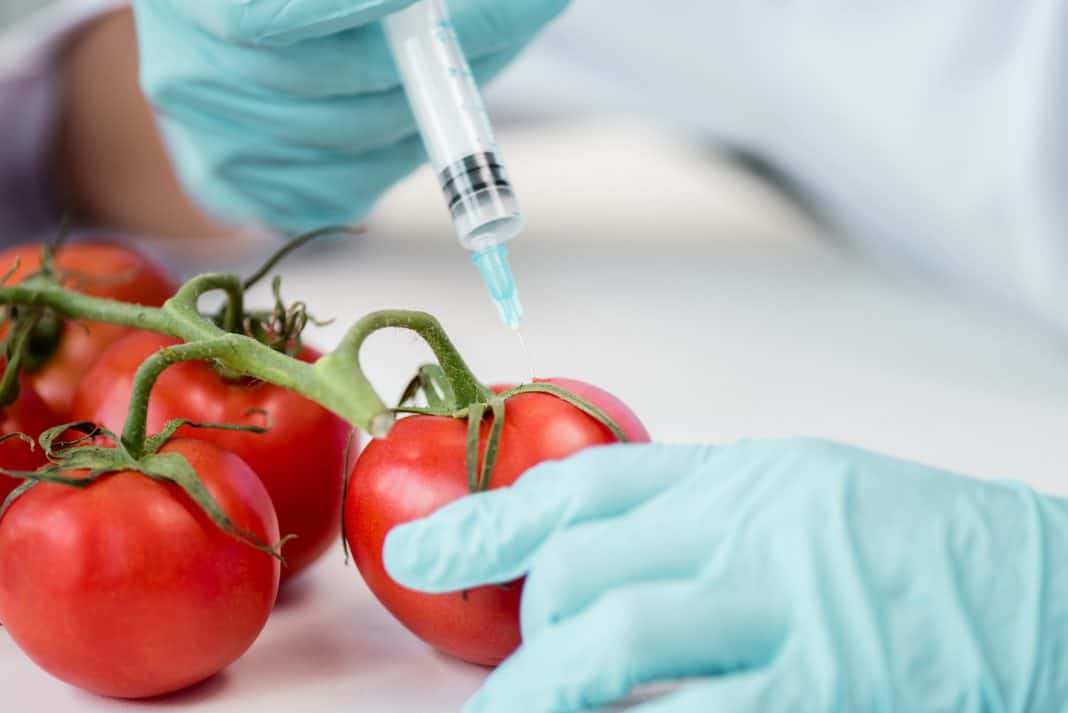You’ve probably heard the initials GMO being used to describe foods you purchase at your local grocery store but might not understand what the term means exactly. In case you aren’t familiar, GMO stands for genetically modified organism, which sounds kind of scary when you break down what it might mean. In short, GMOs can be plants, animals, viruses, or any bacterial organisms that have human-made modifications to their genes. These modifications are not naturally occurring, which is why so many Americans are concerned about the potential harm that genetically modified products could cause. For this reason, more and more companies are signing on to the Non-GMO Project, a non-profit organization that certifies that goods are created and manufactured free from genetically modified organisms. A number of big brands have signed on in recent years, including Trader Joe’s and Chipotle. Some environmental groups, however, are still not satisfied and are taking things a step further by demanding mandatory labeling of all genetically engineered foods. It doesn’t sound like a radical idea—after all, shouldn’t the consumer know what she is putting in her body? To help clear the air surrounding GMOs, how they’re used in food, and whether they present a danger to consumers (and/or the environment), we asked some common questions about this umbrella term.
What are GMOs, really?
To fully understand what GMOs are and how they work, you have to go back to their inception—on the farm. “Crops that are genetically modified, or engineered, have a specific gene or trait from another species inserted into its DNA in order to adopt that trait as part of its genome,” explains registered dietitian Jennie Schmidt of Schmidt Farms in Ray, Michigan. In Jennie Schmidt’s experience and perspective as a farmer, genetically modifying organisms is not always a bad thing.
What is the history of GMOs?
Many people don’t know this, but the first GMO was not a food at all. Instead, it was a pharmaceutical—human insulin, which was approved in 1982. “This allowed for production of … insulin that is genetically identical to human insulin … rather than harvesting pancreas[es] of pigs and cattle at the slaughterhouse and extracting insulin that was less pure and more allergenic for insulin-dependent diabetics,” Schmidt explains. The first genetically modified food crop to be sold was the Flavr Savr tomato in 1994. It was engineered to have less bruising and a longer shelf life, but it was highly unsuccessful because it did not have the fresh-picked flavor of in-season tomatoes. Various field crops soon followed suit, including soybeans, corn, and cotton, which were engineered with insect resistance or herbicide tolerance and approved for use in commercial production. “For us, adopting Bt corn (corn that’s been genetically modified) and herbicide-tolerant crops was just next steps of agricultural innovation,” says Schmidt. “My father-in-law saw the adoption of tractors in the ’30s and ’40s, the adoption of hybrid seeds in the ’50s and ’60s, the adoption of synthetic fertilizer in the ’50s and ’60s, the adoption of computers in the tractors in the ’80s and ’90s, so the adoption of these so-called GMOs was in his words ‘a no brainer.’” These, she explains, were common-sense practices to adopt to reduce agriculture’s impact on the environment. In short, farmers saw benefits.
Are farmers who do not use GMOs negatively affected by the use of GMOs?
One of the main apprehensions non-GMO farmers have is cross-contamination of their crops with GMO crops. “Non-GMO farmers are concerned that pollen from GMO crops could blow into their non-GMO fields and [they could] actually get sued for not properly paying for GMO seeds,” explains Roger E. Adams, PhD, a Houston-based dietitian, nutritionist, and founder of eatrightfitness. “Careful farming practices can prevent this, however, lawsuits of this type are mostly blown out of proportion and many farmers grow non-GMO and GMO crops on the same farm.”
Are GMOs safe?
The World Health Organization, the American Medical Association, the National Academy of Sciences, and the American Association for the Advancement of Science have all come to the same conclusion that there is not enough evidence to support the belief that GMOs are unsafe. Still, the concept of how they are created—the cross-breeding of DNA to create a food product that is not naturally occurring—does leave consumers with some unsettling concerns. John Bagnulo, PhD, a food scientist and the director of nutrition for Functional Formularies, believes that GMOs are inherently risky to whoever eats them because our microbiome is easily influenced by these “loosely” held genes. (Loosely held refers to the instability of GMO genes being introduced to the microbiome. As Bagnulo explains, “Once there is genetic modification, genes are much more easily swapped when exposed to microbes.”)
How many products in the U.S. currently use GMOs? What are some of the most common items that incorporate GMOs?
There are only 10 crops that are genetically modified and produced in the United States currently: corn, soybeans, cotton, non-browning potatoes, papaya, squash, canola, alfalfa, non-browning apples, and sugar beets. Studies show that GMOs are making their way into 70 to 80 percent of conventional processed foods in the U.S.
Are food products in the U.S. required to have GMO labels to indicate that they have been genetically modified?
In July 2016, President Obama signed the National Bioengineered Food Disclosure Law, which set a nationwide standard for the disclosure of genetic material that has been modified through DNA techniques. As part of this law, however, a food manufacturer can choose among a set of options to disclose the presence of GMOs in their food. One of these options is a mere electronic scanner or digital link on the packaging that takes the consumer to a website containing this information. Kind of sneaky, right?



